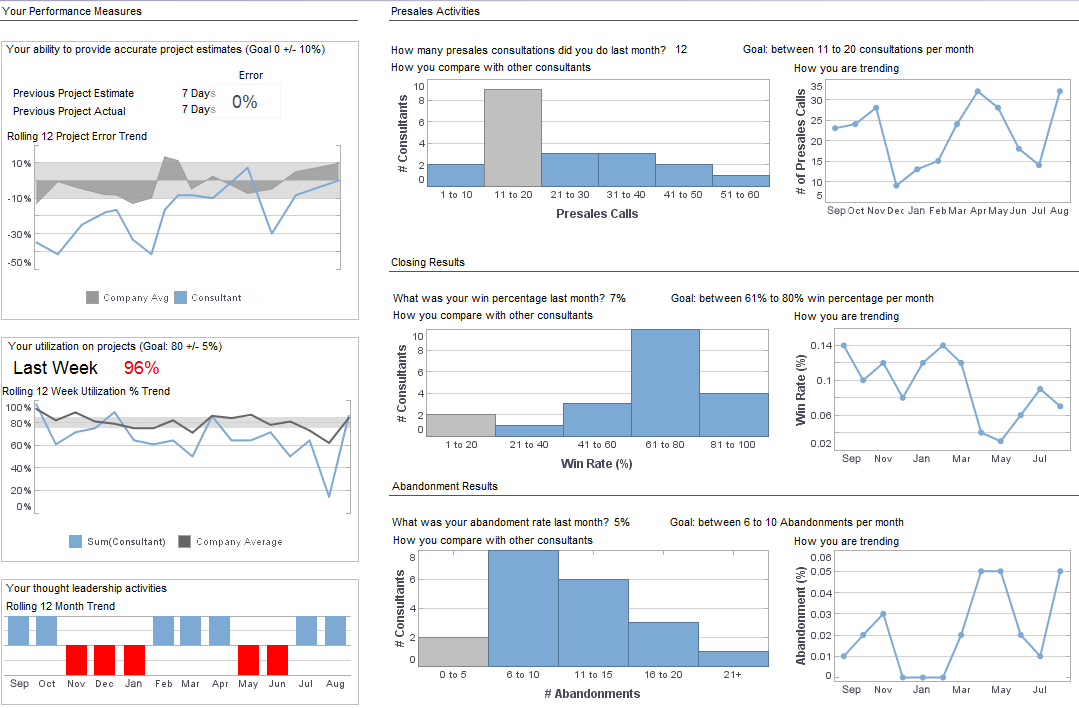InetSoft Product How-To: Dashboard Image Properties
InetSoft's BI software applications include an easy dashboard image properties setup that even novice users can master almost immediately. View the dashboard design template below to learn more about the Style Intelligence solution.
To scale an image, you need to enable image scaling, and then choose the method by which images should scale. Follow the steps below:
1. Right-click the Image component, and select ‘Properties’ from the context menu. This opens the ‘Image Properties’ dialog box.
2. Click the Advanced tab, and enable the ‘Scale Image’ option.
3. To keep image proportions constant during scaling, select ‘Maintain Aspect Ratio’. This allows the image to scale without distortion.
4. To selectively scale only parts of the image (e.g., the middle of the
image), select ‘Scale (9-Cell Grid)’. Tip: For an image with a border, you may want to keep the
border width constant as the image is scaled. To do
this, set the pixel values slightly greater than the border thickness.
5. If you have selected ‘Scale (9-Cell Grid)’, enter the desired sizes of the ‘Top’, ‘Bottom’, ‘Left’, and ‘Right’ regions in pixels.
6. Click ‘OK’ to close the dialog box. The image will now be scaled in the specified manner when you adjust the Image boundaries.
 |
Read how InetSoft saves money and resources with deployment flexibility. |
| InetSoft Viewpoint |
"The open standards aspect is very important to us since it allows our customers to integrate our technology more easily and leverage assets they already have, in terms of hardware and software and IT skills. So based on this BI platform, our software delivers a host of front-end BI tools including visualization tools, enterprise reporting, monitoring dashboards, and analysis. Those functions were based on a very powerful patent-pending technology we call Data Block. This Data Block technology is really made up of a back-end data mashup engine and a caching middle layer. There is a front-end we call the worksheet, which is a Web-based, spreadsheet-like user interface that a power user can easily use to combine and transform data blocks. The data blocks are typically started at the atomic data block level. That is typically created by an IT or a BI specialist. They choose these data blocks and performance tune those data blocks. Then the power users can use those building blocks to build more complex, but more useful structures for answering the questions they have on hand. And all the data blocks you build, in turn become building blocks themselves. You can build on this architecture, building very sophisticated structures which you can use to answer a wide range of unanticipatible questions. " - Luke Liang, CEO, InetSoft |
 |
Read why choosing InetSoft's cloud-flexible BI provides advantages over other BI options. |
| Previous: Dashboard Software Image |
